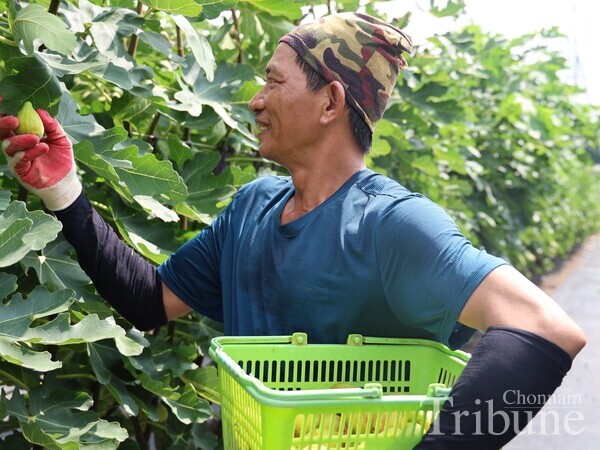
Migrant workers now account for approximately six percent of all unskilled manufacturing workers in South Korea. As of 2024, the number of migrant workers in South Korea had risen to 1.56 million. This influx has occurred in response to the nation’s declining population and rapidly aging society, which have led to labor shortages across numerous sectors. However, despite their growing roles and significant contributions to the economy, migrant workers continue to face serious challenges. These include legal vulnerabilities, poor working conditions, and widespread discrimination. The Chonnam Tribune examines migrant workers’ systemic hardships, working environments, experiences of cultural discrimination, and related laws.
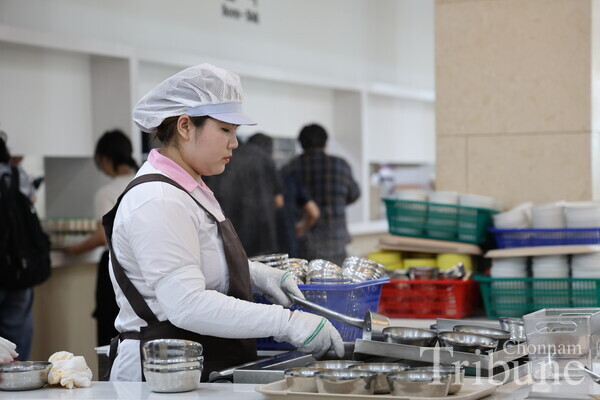
Employment Permit System
South Korea has a system of 10 employment visas, known as E-type visas, for migrant workers. Visas E-1 through E-7 are designated for skilled professionals such as professors, foreign language instructors, and technicians. The E-8 visa is a temporary visa for seasonal workers, while the E-10 visa is designated for vessel crew members. The E-9 is the most widely used visa for “unskilled” workers. Approximately 12 percent of the foreigners in the country hold E-9 visas. The E-9 visa operates under the Employment Permit System (EPS), which was established in 2004 by the Korean government to address the exploitation of migrant workers. The EPS is a labor permit system that allows certain industries, such as manufacturing and agriculture, to hire migrant workers. Under this system, workers are granted an initial stay of three years, with the possibility of a single extension of up to one year and 10 months.
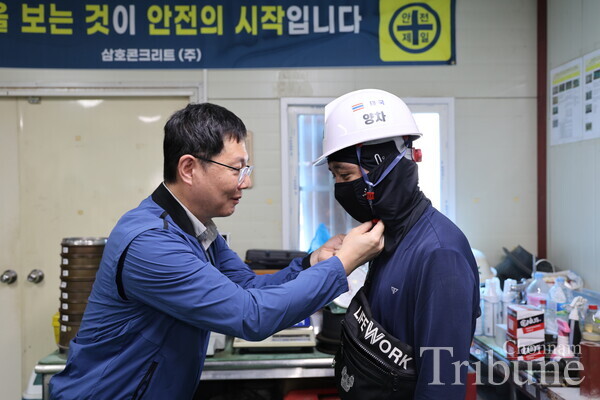
A core issue is the EPS’s restrictive policy on changing employers. Migrant workers are generally not permitted to change their employers unless specific and limited conditions are met, such as business closure, the employer’s refusal to renew a contract, or instances of unjust treatment. Cho Sang-kyun (Professor, Law School) said, “Currently, the EPS does not allow migrant workers the freedom to change employers. They must meet at least one of a few specific criteria to even apply for a workplace change.” This restriction places workers in a vulnerable position, entirely dependent on circumstances beyond their control. Furthermore, the complicated application process for changing employers creates a fear of retaliation. Employers hold significant power over workers’ visa status and contract extensions, and they can exploit this imbalance, knowing that the reporting process is both complex and risky. Ultimately, this legal loophole leaves many migrant workers unprotected and susceptible to various forms of exploitation.

Substandard Working Conditions
Migrant workers often face substandard working conditions, in addition to legal vulnerabilities. One major concern is their living environments. According to the Jeonnam Development Corporation, approximately 20 percent of E-9 visa holders in South Jeolla Province live in non-residential facilities, including shipping containers and vinyl greenhouses. These cramped spaces are typically shared by three to five workers, who sleep, cook, and rest in the same confined area.
Yun Young-dae, the representative of the Gwangju-Jeonnam Human Rights Network, told the Tribune, “Many migrant workers in Korea have poor living conditions. From my experience, some are even forced to live on fishing boats due to the lack of proper housing facilities. The migrant labor system is primarily focused on bringing in workers, with little regard for their living conditions.” This highlights how the current system prioritizes recruitment without sufficient consideration for the post-arrival welfare of migrant workers. Both the government and employers often neglect workers’ housing and overall well-being.
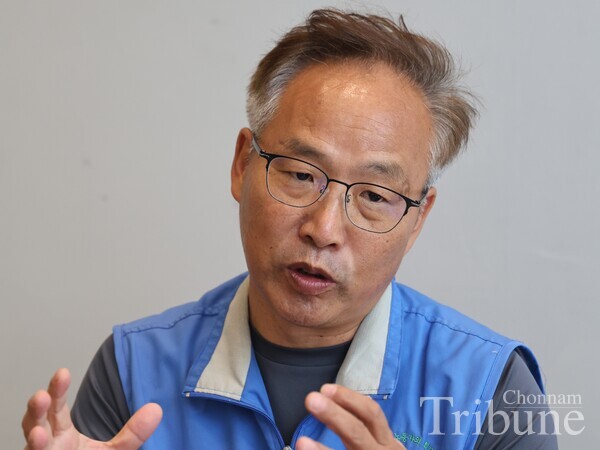
Moreover, migrant workers often face significant safety issues, with their risk of injury and death disproportionately higher than that of domestic workers. According to preliminary data from the Ministry of Employment and Labor, migrant workers—who comprise only three percent of the total workforce—accounted for approximately 12 percent of all industrial accidents in the first half of 2025. They are also at a significantly higher risk of fatal accidents, with industrial fatalities occurring at rates two to three times higher than among Korean workers. A key factor in this disparity is language barriers, resulting from workers’ limited Korean proficiency, as safety training sessions and educational materials are primarily delivered in Korean without the consistent inclusion of foreign languages. Thaw Lin Han, an E-9 visa holder from Myanmar, said, “I have been working in Korea for more than one year, but my proficiency in Korean is low. I need my senior Burmese coworker to help me communicate with the employer.” In addition, hazardous warnings are often posted exclusively in Korean, and verbal warnings from colleagues are frequently ineffective due to language barriers.

Discrimination and Prejudice against Migrant Workers
A study by the Korea Institute for Health and Social Affairs revealed that 31.2 percent of migrant workers on E-9 visas have experienced discrimination in Korea. Among those who faced discrimination, nearly 80 percent chose not to report it due to fear of retaliation. Recently, a video showing a Sri Lankan worker tied to a forklift while his co-workers laughed and filmed the incident at a brick factory in Naju, South Jeolla Province, went viral online. The video sparked public outrage and prompted government officials to consider measures to prevent the mistreatment of migrant workers.
“One of the most serious infringe- ments that migrant workers face is vi- olence,” said Moon Gil-ju, the director of the Jeonnam Labor Rights Center. “They are frequently subjected to verbal and physical abuse. In industrial workplaces, migrant workers are seldom addressed by their names. Rather, they are often spoken to in a discourteous manner with phrases like “Hey” or “Hey, you,” and in many cases, they suffer verbal abuse without any justification. It sometimes seems that they are not treated as people but as objects.” In response, the center has launched a campaign encouraging people to address migrant workers by their names. This campaign aims to foster a culture of respect for human rights. Director Moon emphasized that calling someone by their name is the first step toward recognizing their individuality and respecting their dignity.
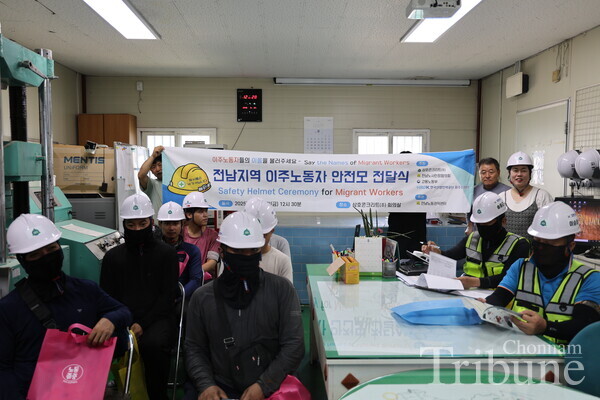
Solutions to Improve the Current System
Experts say that solving these complex issues requires efforts from all sectors of society. From an institutional perspective, one proposed solution is for South Korea to ratify the International Convention on the Protection of the Rights of All Migrant Workers and Members of Their Families, adopted by the United Nations. Professor Cho explained, “Out of the nine core international human rights treaties, Korea has ratified eight. The only one it has not ratified is the Migrant Workers’ Rights Convention. The main reason is that this convention provides protection not only for all migrant workers, including undocumented ones, but also for their families.” If the government ratifies the convention, it would theoretically carry the same legal weight as domestic law. Ratification would also require revisions to domestic legislation to address fundamental issues in the current EPS, aligning it with international standards. Professor Cho noted that this could be the fastest path to resolving systemic problems within the existing framework.
At a more detailed level, the introduction of a Work Permit System (WPS) is under discussion. Unlike the current EPS, where employers unilaterally select foreign workers, the WPS would allow migrant workers with valid residency status to choose their workplaces. Director Moon explained, “The most critical issue with the current EPS is that migrant workers do not have the freedom to choose their jobs. If a worker wants to change workplaces, they need the employer’s consent. If they move without it, they are labeled a ‘workplace runaway.’ That is a serious human rights issue, and it clearly reinforces the power imbalance between employers and workers. That is why we believe the WPS is necessary.”
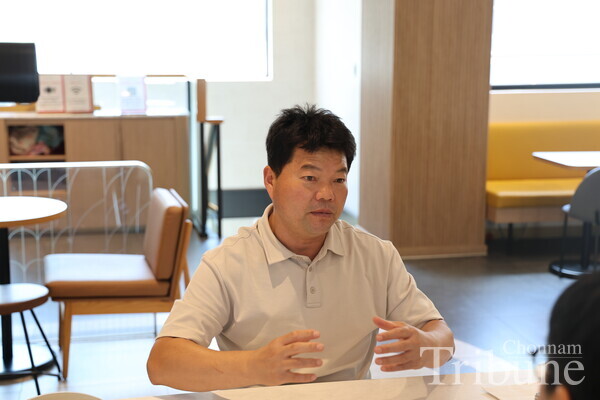
In addition to institutional reforms, changing public perception is also crucial. Director Moon emphasized, “We need to challenge biased views toward migrant workers. Some people still regard them as inferior, as if they are people to be exploited or spoken to disrespectfully. To change this mindset, individuals must take responsibility, and education on labor rights and human rights sensitivity must be nurtured together.”
Beyond Promises: Protecting Migrant Workers
In August, Labor Minister Kim Young-hoon called for stronger action against discrimination and greater respect for diversity in the workplace during a meeting focused on improving the EPS, which marks its 21st anniversary this year. The government has pledged to create a fairer, safer, and more inclusive environment for all workers, aiming to achieve shared prosperity through international cooperation. However, no single actor alone can solve these challenges. A fundamental shift in public perception, along with legal reforms, restructuring of employment systems, and safe working and living conditions, is required across all sectors of society. Furthermore, a culture that respects migrant workers not merely as laborers but as equal human beings must take root. It is time to move beyond empty promises and commit to meaningful, substantive action.
By Hoang Thi Le Tra, Editor
Kim Jong-hyo, Editor
Choi Daniel, Editor-in-Chief
